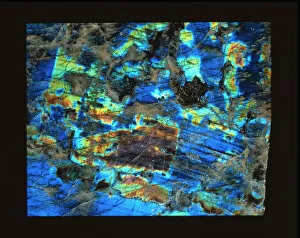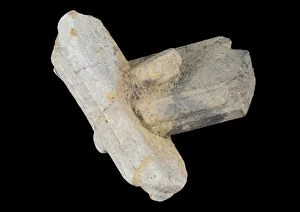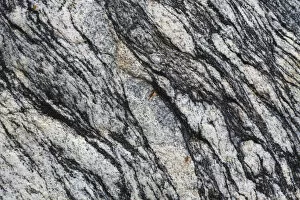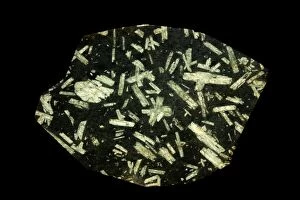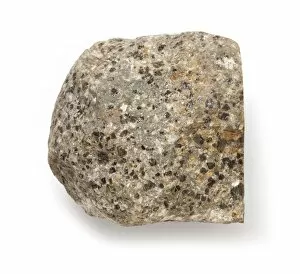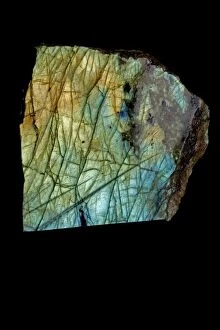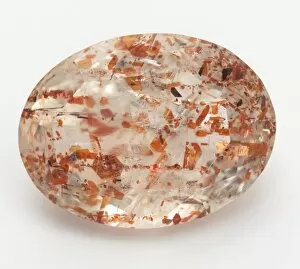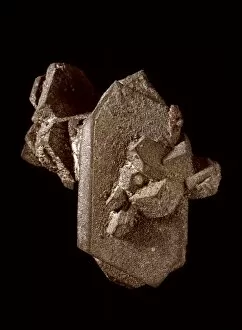Feldspar Collection
Feldspar, a versatile mineral with captivating beauty, has left its mark throughout history
All Professionally Made to Order for Quick Shipping
Feldspar, a versatile mineral with captivating beauty, has left its mark throughout history. From the summit of Mount Erebus in 1909, Feldspar crystals emerged in their natural size, showcasing their exquisite allure. These crystals possess an ethereal charm that mesmerizes all who behold them. Intriguingly, a polished slab of labradorite reveals the enchanting play of colors within Feldspar. Known as the "rainbow stone, " it captivates with its iridescent hues and mystical aura. Similarly, moonstone gemstones exude a gentle glow that evokes dreams and tranquility. However, Feldspar's influence extends far beyond mere aesthetics. In Wheal Coates, St Agnes, Cornwall, England, Cassiterite partly replaces Orthoclase to create a unique fusion of minerals. This remarkable occurrence showcases nature's ability to transform and adapt. Delving into ancient civilizations brings us to Egypt during the Middle Kingdom era (about 2055-1773 BCE). An uninscribed scarab crafted from Feldspar serves as evidence of its significance in Egyptian culture and beliefs. This precious artifact carries echoes of bygone times and symbolizes eternity. Moving across continents to California unveils another facet of Feldspar's presence - hornblende granite rocks dominate the landscape. These rugged formations display strength and endurance while reminding us of nature's raw power. From majestic mountain peaks to ancient artifacts and rocky landscapes alike; feldspar leaves an indelible impression wherever it is found. Its versatility continues to fascinate geologists and enthusiasts alike as they uncover new wonders hidden within this extraordinary mineral.


